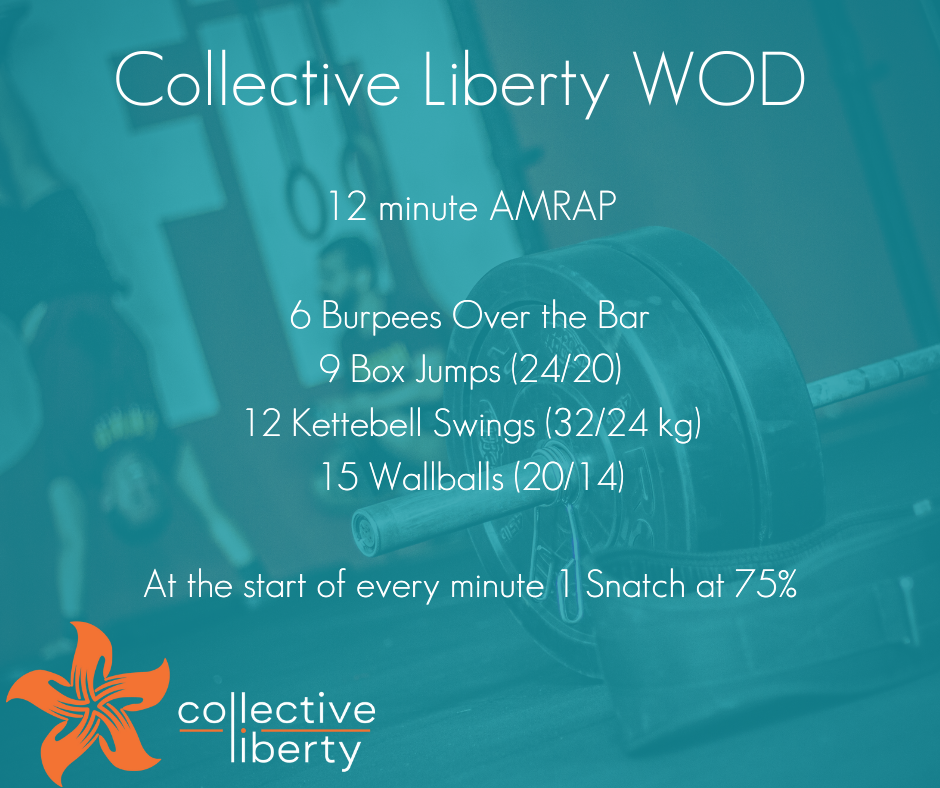Subscribe to Our Newsletter and Stay Informed

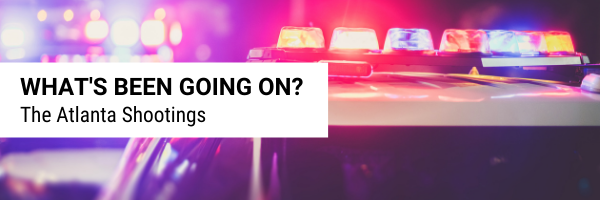
WHAT’S BEEN GOING ON? THE ATLANTA SHOOTINGS On March 16, 2021, a series of mass shootings occurred at three massage parlors in the metropolitan area of Atlanta, Georgia. Eight people were killed, six of whom were Asian women, and one other person was wounded. A suspect, 21-year-old Robert Aaron Long, was taken into custody. While the shooter deprived those women of the opportunity to share their experience, eye witness accounts and public records information lays out clear indicators of exploitation. Some women’s home addresses and work addresses were both listed at the massage parlor. “They were isolated and would eat and sleep over there in the spa,” said Lee Sang-yeon, president of the local media Atlanta K. “They had very poor working conditions.” Neighboring businesses describe the late night and all-hours nature of the business, outlining the 24/7 nature of the women’s schedules.
Between 2010-2016, the Georgia legislature was refining and passing the state’s suite of anti-trafficking laws. From 2011-2014, Atlanda PD were conducting vice stings at Gold Spa and other parlors focused on penalizing people engaged in commercial sex, but not yet emphasizing action against exploitation or trafficking. Between 2011-2014, the massage therapists arrested at Gold Spa charged $60 for a massage and offered to perform a variety of sex acts for up to $400. The women were charged with prostitution, keeping a place of prostitution, masturbation for hire and other offenses. It is unclear who owned the spa at the time of the arrests, or if any investigation into owners or business practices were conducted. Police records show officers went to the businesses at least 21 times in the past 10 years.
*Note: this is a common approach to enforcement of commercial sex venues operating under the guise of massage in the majority of US jurisdictions. This focus on policing potential victims without first determining whether a trafficker or exploitation is involved reinforces the idea that the women in the venues are the problem, and not the exploiters.
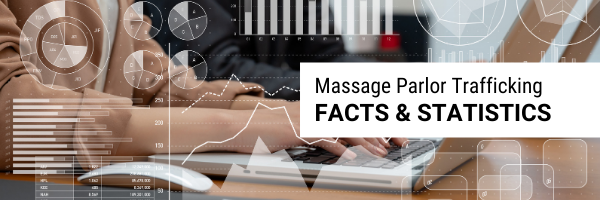
MASSAGE PARLOR TRAFFICKING. FACTS AND STATISTICS
In 2018 our CEO and founding board members identified 9,000 businesses operating in the US with an estimated $2.5 million dollars annual revenue based on rates charged and income reported.
Illicit massage venues are open late in the evening and victims are sometimes on call 24 hours a day to serve customers. We know that women trafficked in these venues are often compelled through debt bondage, threats of reputational shame or violence, controlled movement (including living at the trafficking venue, or housing controlled by the trafficker), lack of understanding of the U.S. (including sometimes where exactly they are), and fear. Women are frequently from China and South Korea, with a subset of trafficking networks exploiting Thai and Latin American victims. They are often mothers. The age of victims exploited in massage parlors is much higher than in other types of trafficking. It is common for victims to be in their 60s and 70s.Women in illicit massage businesses are isolated and provided distorted information about business laws, human rights, legal rights, and cultural norms in the United States. For example, they are often told that what they were doing was criminal and shameful, and that if they asked for help, they would be arrested for engaging in prostitution – a deportable offense.
IMBs violate labor laws in all 50 states by paying women in tips alone with no guaranteed hourly wage. Additionally, the women do not have a set schedule, but instead are always on call. They are not allowed to set any boundaries, and are expected to do whatever the buyer or manager asks without regard for comfort level.Learn More >>
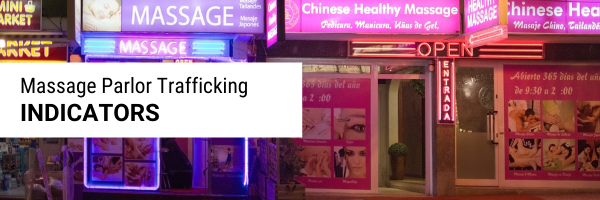
MASSAGE PARLOR TRAFFICKING INDICATORS:
- Prices significantly below market-level (e.g. $40 for a one hour massage in a city where $80 is the norm)
- Women report that they need a large tip (e.g. for expenses, food, family), sometimes even expressing distress if they do not receive a tip
- Women typically working excessive hours, or even being on call at all times
- Women appear to be living in the business or women living in a trafficker-controlled secondary site (e.g. apartment, house)
- Serves primarily or only male clientele
- Locked front door, customers can only enter if buzzed in, or enter through back or side doors that are more discreet
- Windows are covered so passersby cannot see into the establishment
- Regular rotation of women; new women coming in every several weeks
- Advertising on commercial sex websites like Rubmaps.com, Backpage.com, or aampmaps.comLearn More >>
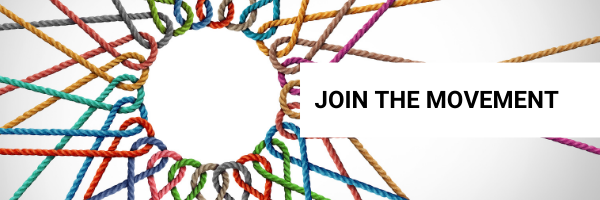
Check out our Blog Posts >>Stay Informed and Subscribe to our Newsletters >>Donate to the Anti-Trafficking Movement >>






